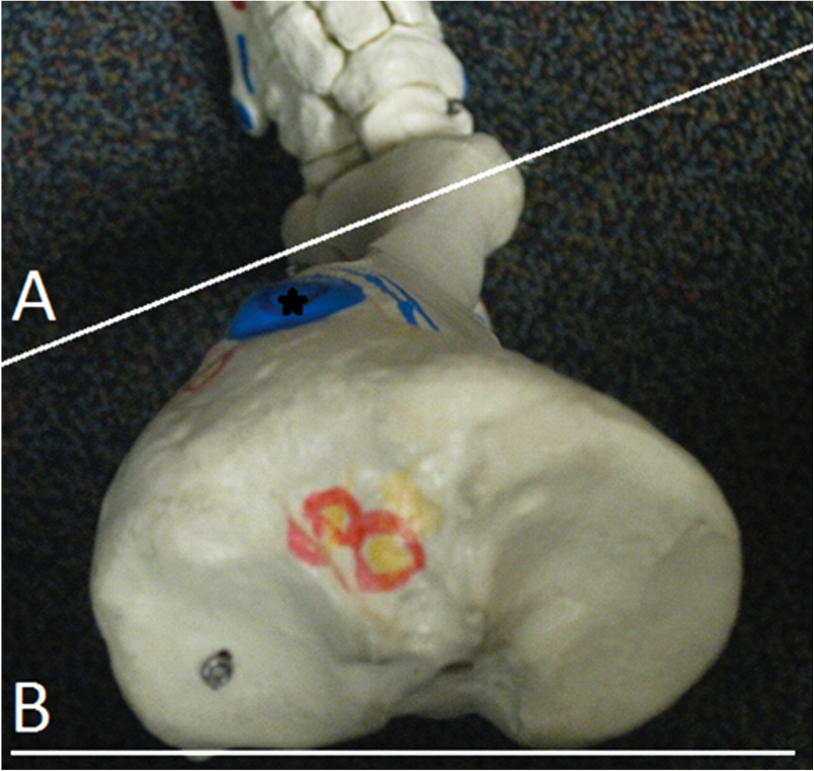Yes, we are all twisted. Part 3 continued.
If you missed yesterdays post, this one will make more sense if you go back and read it.Today we talk about compensations for tibial torsions.
As discussed in previous posts, there are at least 3 reasons we need to understand tibial torsions and versions:
1. They will often alter the progression angle of gait. In internal tibial torsion, there will often be a decreased progression angle of the foot and with external, an increased angle of progression. A decreased progression angle is often associated with a decreased step width whereas an increased angle is often associated with an increased step width.
2. They affect available ranges of motion (ROM) of the limb. We remember that the lower leg needs to internally rotate the requisite 4-6 degrees from initial contact to midstance:
ROM changes that may occur with internal tibial torsion
- If it is already fully internally rotated (as it may be with internal tibial torsion), that range of motion must be created or compensated for elsewhere.
- This can result in external rotation of the affected lower limb to create the range of motion neede
- Circumduction of the lower limb, because the foot is already in a supinated posture, and the decreased range of motion of the foot needs to be compensated for.
- A shortened step length, due to increased compressive forces at the medial knee
- And alteration of vertical and medial lateral ground reactive forces
- A rolling off the lateral aspect of the foot, due to it being in a more supinated posture
ROM changes that may occur with external tibial torsion
- external tibial torsion often results in the increased midfoot pronation, through the deformity, because more range of motion is possible both at the hip and foot at the subtalar joint
3. They often can effect the coronal plane orientation of the lower limb.
In internal tibial torsion, due to the foot being more rigid and the deformity often being accompanied by increased tibial varum, the knee often falls outside the plane of the foot (rather than being “stacked”), resulting in a decreased step width and often a cross over gait pattern (click here for more info on crossover)
In external tibial torsion, the foot is often more pliable. This often results in an increased step width and well as the knee falling inside (or medially) to the plane of the foot. Because of the increased hip and foot ranges of motion available, the foot is not an adequate lever, shortening step length and sometimes requiring increased pelvic motion to “get around” the stance phase leg.
Whew! This stuff can be tough, Thanks for hanging in there! Next stop: Femoral Torsions and Versions!
Ivo and Shawn; your torsioned friends : )
All material copyright 2013 The Gait Guys/ The Homunculus Group. All rights reserved. Ask before you lift our stuff, Lee is watching……

















